- With standard equipment
- With safety pack
Find more information in the General Comments section of the assessment
Find more information in the Rating Validity tab of the assessment
- See More
- See More
- See More
- See More
- Good
- Adequate
- Marginal
- Weak
- Poor
 Passenger
Passenger
 Driver
Driver
 Rear Passenger
Rear Passenger
 Driver
Driver
 Car
Car
 Pole
Pole
 Rear Seat
Rear Seat
 Front Seat
Front Seat
-
Approaching a stationary car: Left Offset
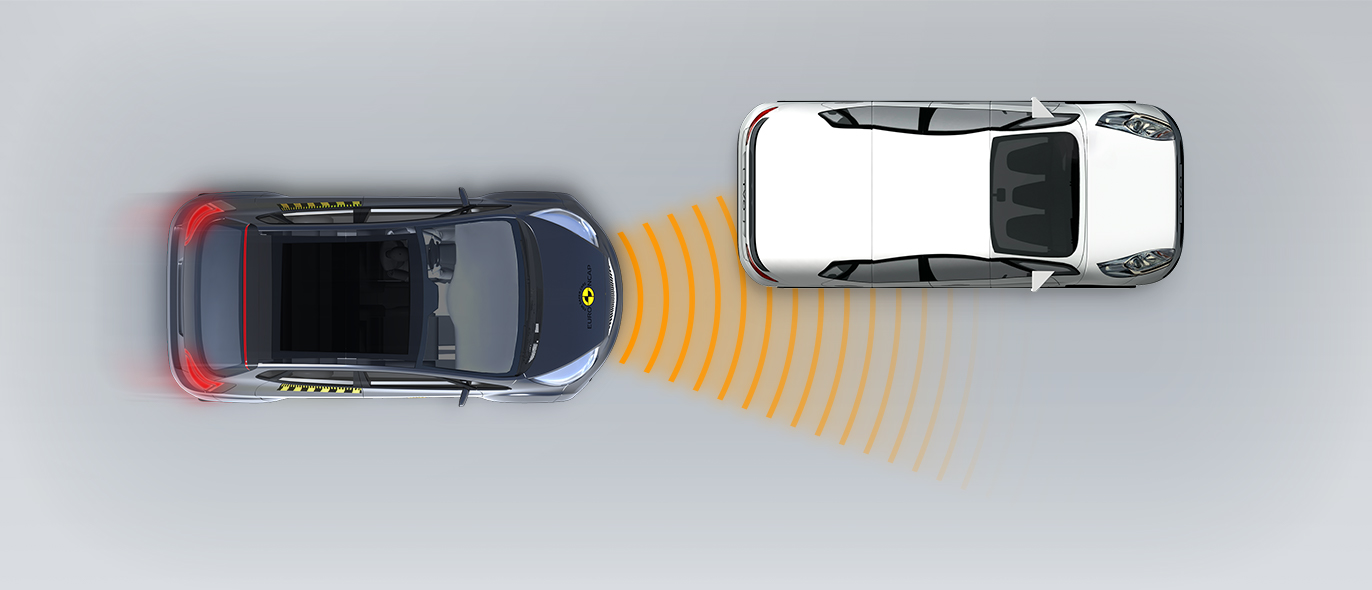
-
Approaching a stationary car: No Offset
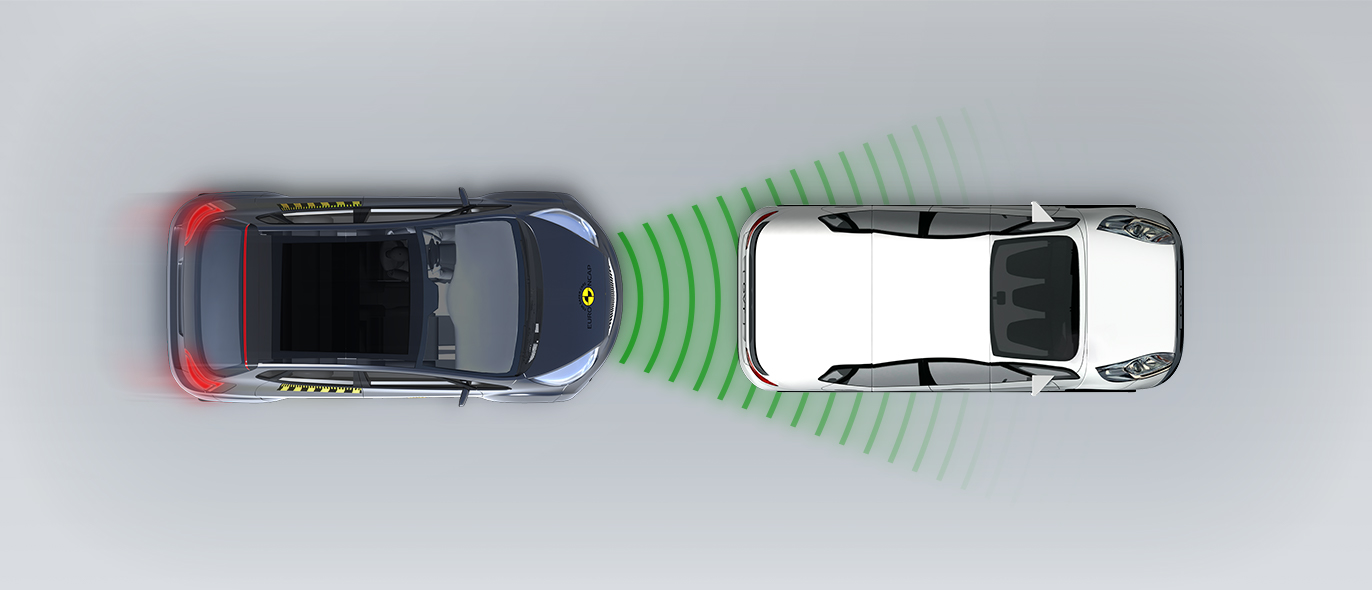
-
Approaching a stationary car: Right Offset
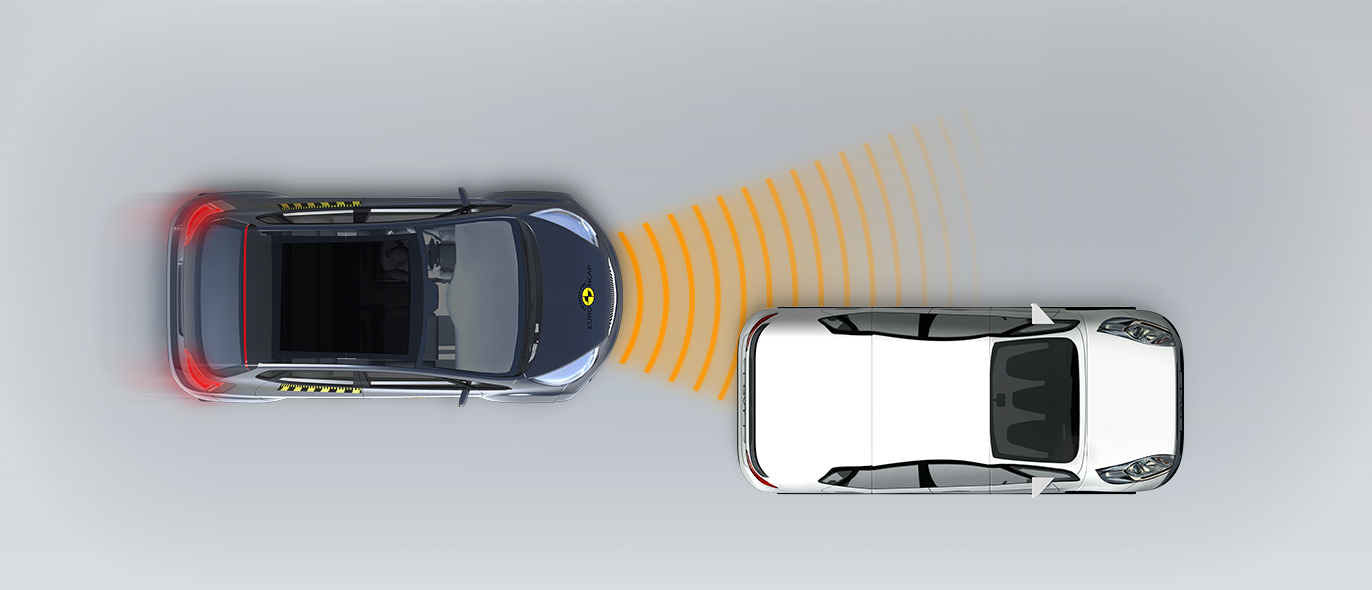
- Good
- Adequate
- Marginal
- Weak
- Poor


Passenger
outboard
center
Fitted to the vehicle as standard
Not fitted to the test vehicle but available as option
Not Available
-
i-Size CRS
-
ISOFIX CRS
-
Universal Belted CRS
Easy
Difficult
Safety critical
Not allowed
| Seat Position | |||
|---|---|---|---|
| 2nd row | |||
| Left | center | Right | |
| Maxi Cosi 2way Pearl & 2wayFix (rearward) (iSize) | |||
| Maxi Cosi 2way Pearl & 2wayFix (forward) (iSize) | |||
| BeSafe iZi Kid X2 i-Size (iSize) | |||
| BeSafe iZi Flex FIT i-Size (iSize) | |||
| Maxi Cosi Cabriofix & FamilyFix (ISOFIX) | |||
| BeSafe iZi Kid X4 ISOfix (ISOFIX) | |||
| Britax Römer Duo Plus (ISOFIX) | |||
| Britax Römer KidFix XP (ISOFIX) | |||
| Maxi Cosi Cabriofix (Belt) | |||
| Maxi Cosi Cabriofix & EasyBase2 (Belt) | |||
| Britax Römer King II LS (Belt) | |||
| Britax Römer KidFix XP (Belt) | |||
Easy
Difficult
Safety critical
Not allowed
In the frontal offset test, dummy readings of neck tension in the 10-year dummy indicated weak protection. Protection of other critical body areas was good or adequate for both dummies. In the side barrier test, protection was good all-round. The front passenger airbag cannot be disabled so rearward-facing child restraints should not be used in this seating position. All restraint types for which the Cherokee is designed could be properly installed and accommodated in the car.
- Good
- Adequate
- Marginal
- Weak
- Poor

Head Impact 16.2 Pts
Pelvis Impact 2.3 Pts
Leg Impact 6.0 Pts
| System Name | Pedestrian Emergency Braking | ||
| Type | Auto-Brake with Forward Collision Warning | ||
| Operational From | 2 km/h | ||
| PERFORMANCE | | |||
The bonnet provided good or adequate protection at nearly all points on the bonnet surface, with some poor results recorded at the base of the windscreen and on the stiff windscreen pillars. The bumper provided good protection to pedestrians' legs but protection of the pelvis was mixed, with areas of good and poor protection. The AEB system responds to some vulnerable road users, as well as to other vehicles. In tests of its response to pedestrians, the system showed marginal performance, with collisions avoided or mitigated only in some scenarios. The system does not respond to faster-moving road-users like cyclists.
- Good
- Adequate
- Marginal
- Weak
- Poor
| System Name | Active Speed Limiter |
| Speed Control Function | Manually set (accurate to 5km/h) |
| Applies To | All Seats | ||
| Warning | Driver Seat | Front Passenger(s) | Rear Passenger(s) |
| Visual | |||
| Audible | |||
| Occupant Detection | |||
|
|||
| System Name | LaneSense |
| Type | ELK + LKA (including LDW) |
| Operational From | 60 km/h |
| Performance | |
| Emergency Lane Keeping | |
| Lane Keep Assist | |
| Human Machine Interface | |
| System Name | Forward Collision Warning Plus | |||
| Type | Autonomous Emergency Braking and Forward Collision Warning | |||
| Operational From | 1.8 km/h | |||
| Additional Information | Supplementary warning | |||
In tests of its response to other cars at highway speeds, the AEB system demonstrated adequate performance. A seatbelt reminder is standard for the front and rear seats. A lane support system helps to prevent inadvertent drifting out of lane and also intervenes more aggressively in some critical situations. A driver-set speed limiter helps to prevent over-speeding, and is fitted as standard across the range.
- Specifications
- Safety Equipment
- Videos
- Rating Validity
Specifications
Tested Model Jeep Cherokee 2.2 diesel ESS 'Limited', LHD
Body Type - 5 door SUV
Year Of Publication 2019
Kerb Weight 1906kg
VIN From Which Rating Applies - all 2.2 diesel Jeep Cherokees
Class Small SUV
Safety Equipment
Note: Other equipment may be available on the vehicle but was not considered in the test year.
Fitted to the vehicle as standard
Fitted to the vehicle as part of the safety pack
Not fitted to the test vehicle but available as option or as part of the safety pack
Not available
Not applicable
Videos
Rating Validity
Variants of Model Range
| Body Type | Engine | Drivetrain | Rating Applies | |
|---|---|---|---|---|
| LHD | RHD | |||
| 5 door SUV | 2.2 diesel | 4 x 2 |  |
 |
| 5 door SUV | 2.2 diesel* | 4 x 4 |  |
 |
| 5 door SUV | 2.0 petrol | 4 x 4 |  1 1 |
 1 1 |
* Tested variant
1 Additional data required



Find more information in the General Comments section of the assessment
 Share
Share
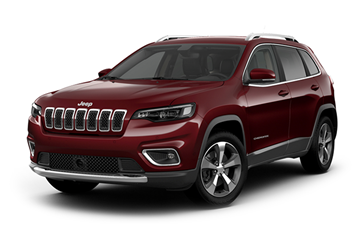
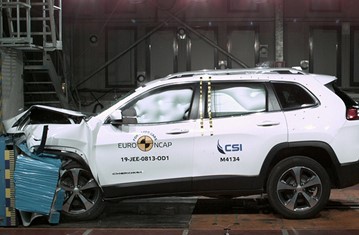
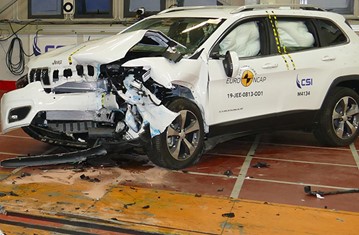
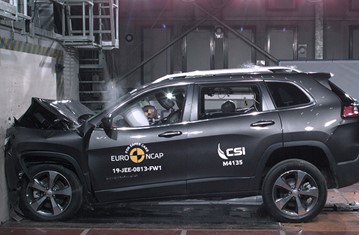
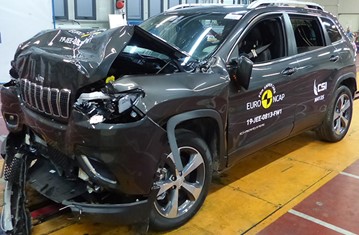
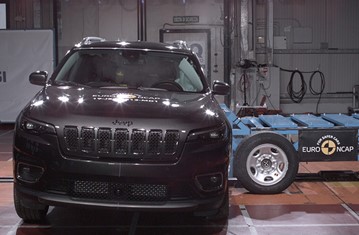
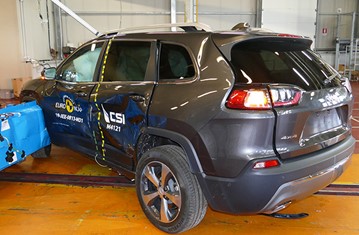
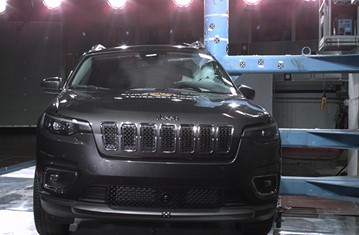
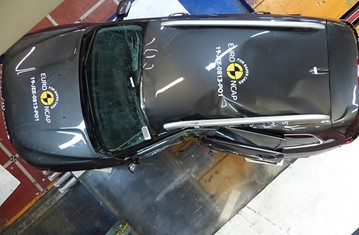


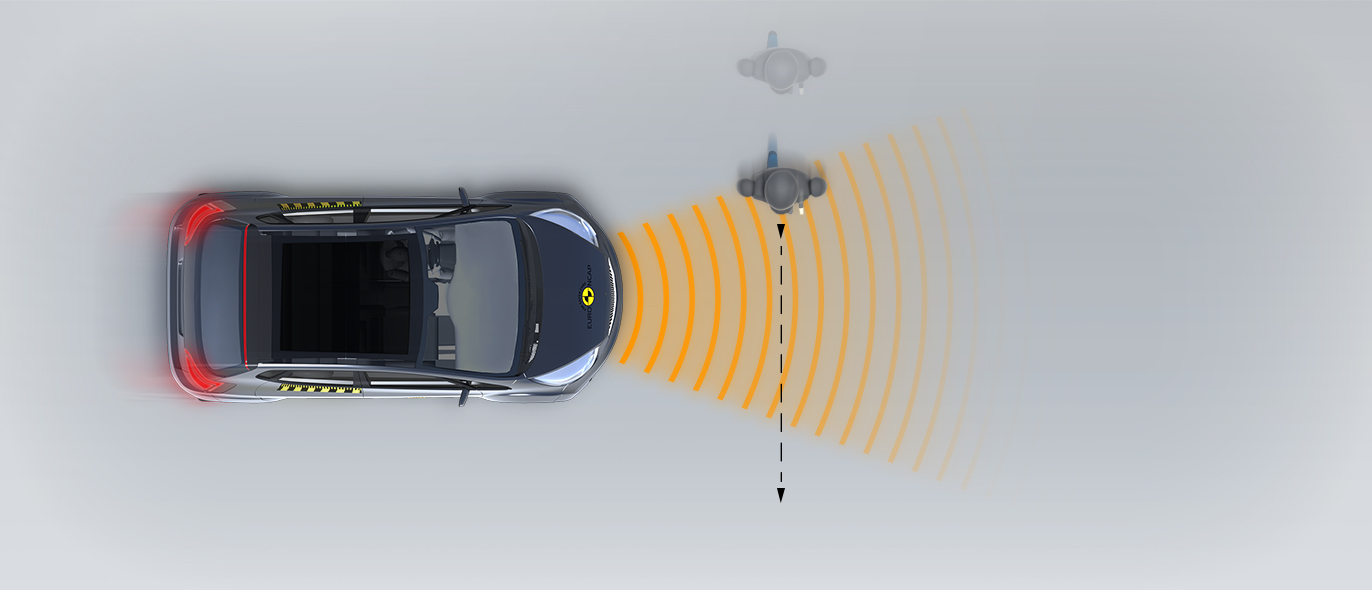
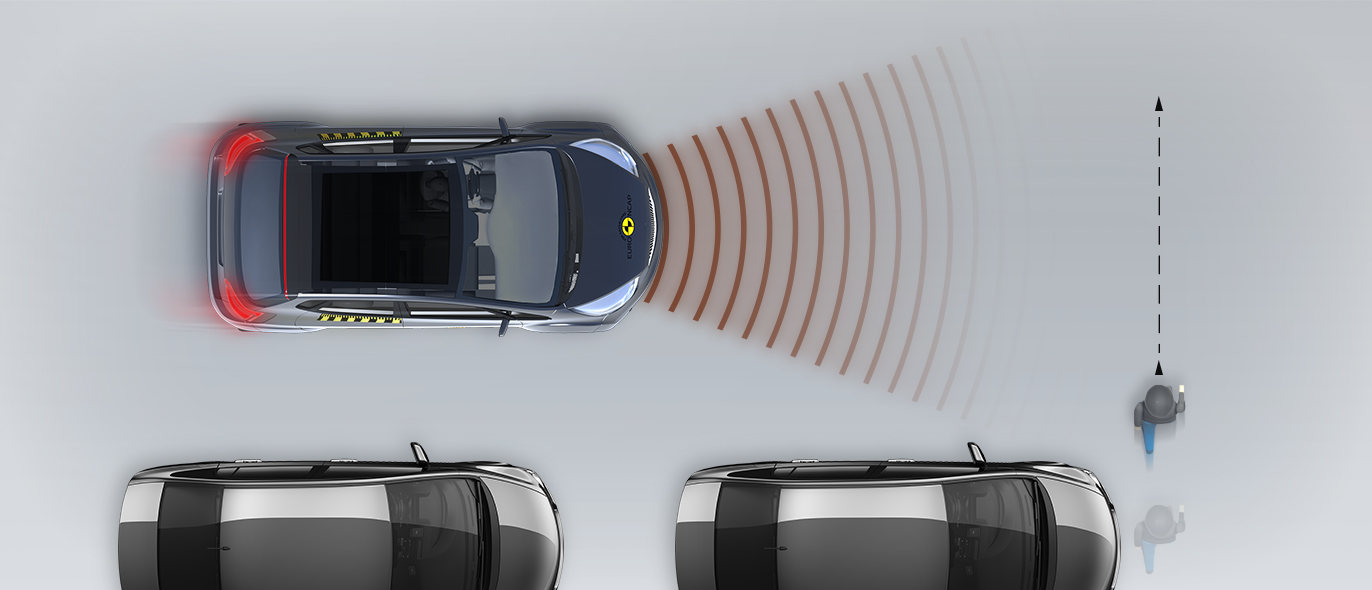

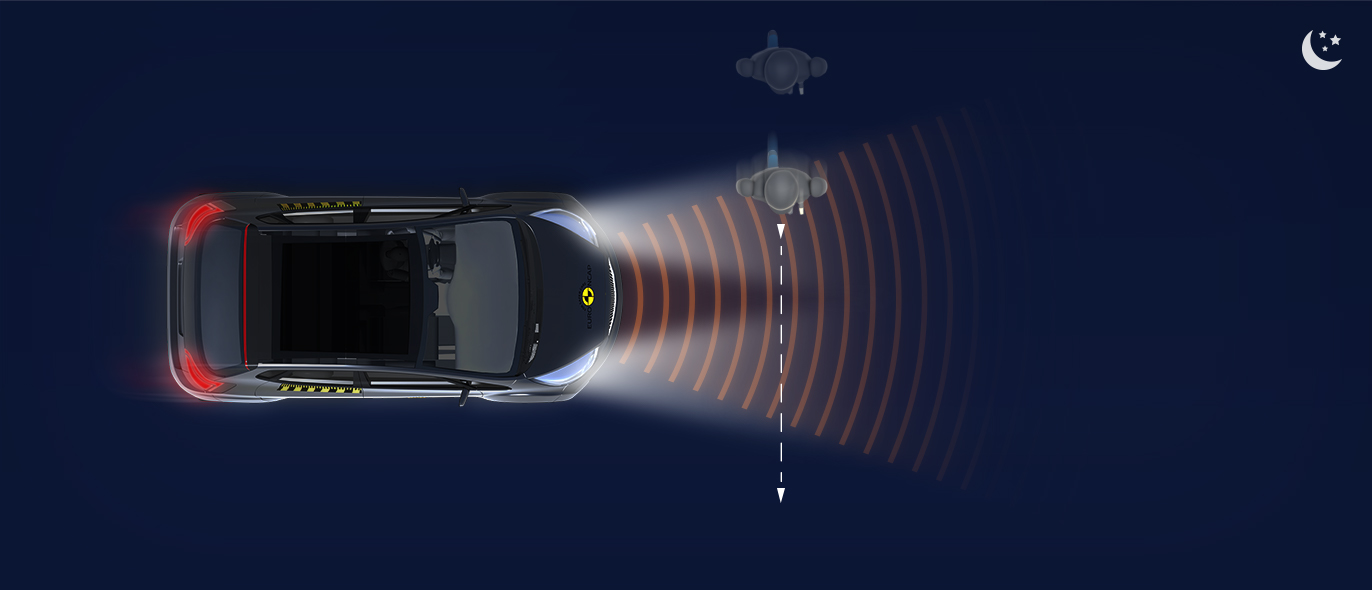

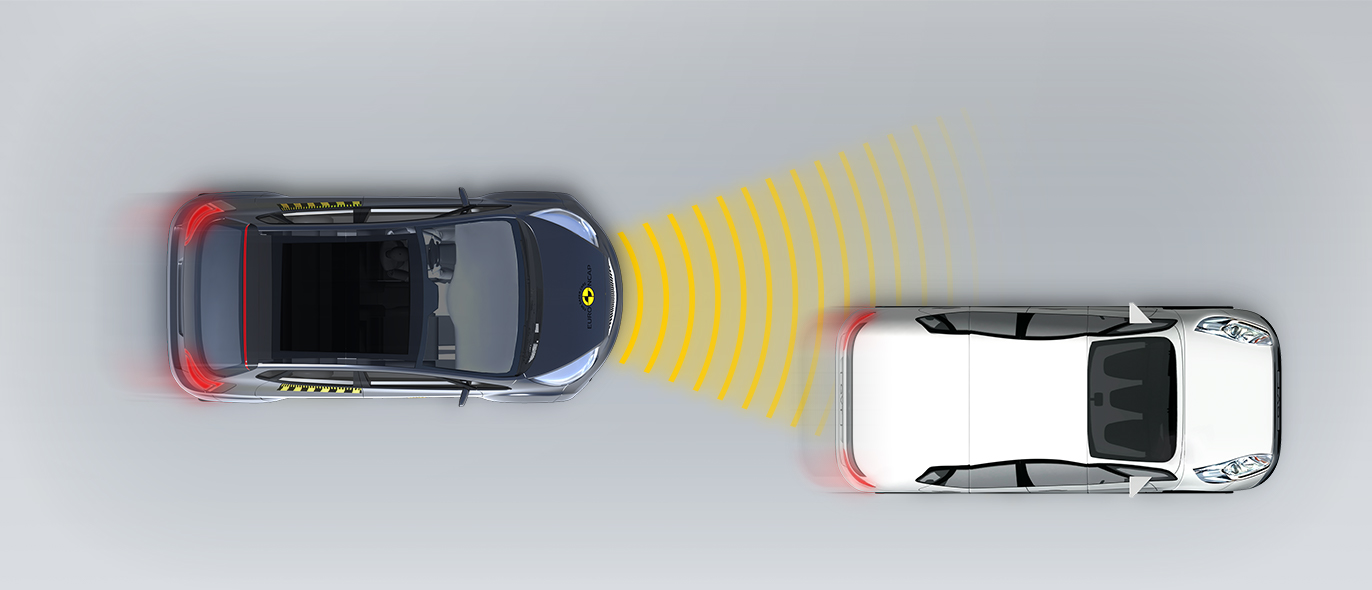

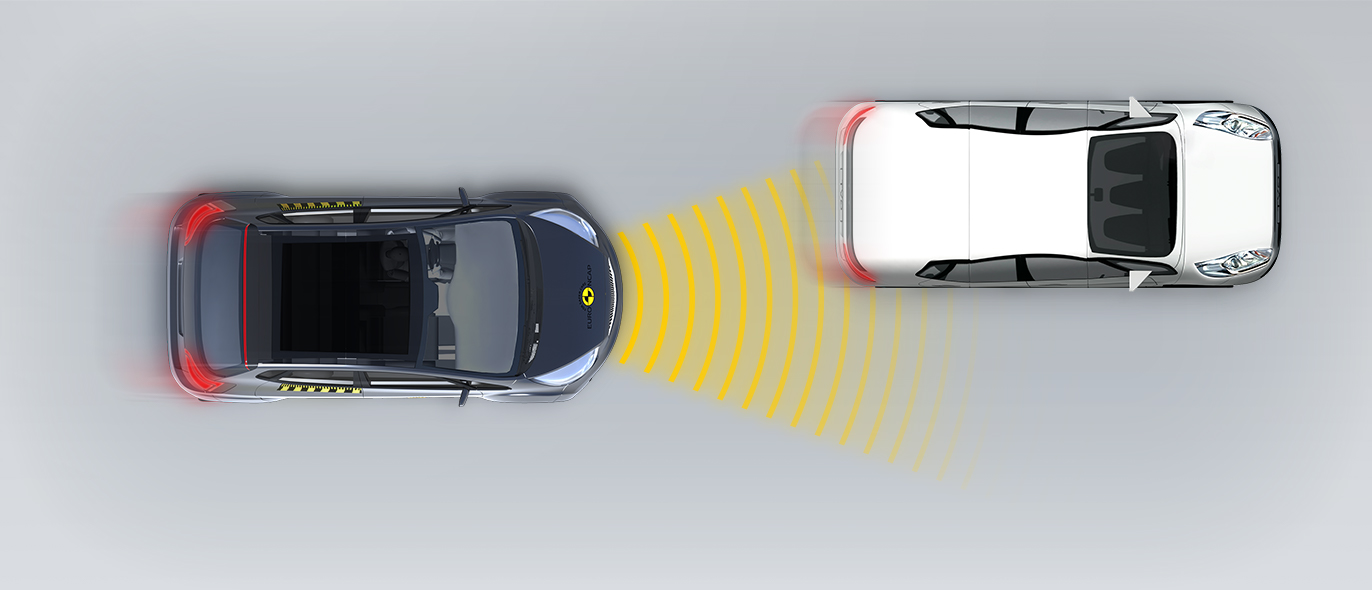

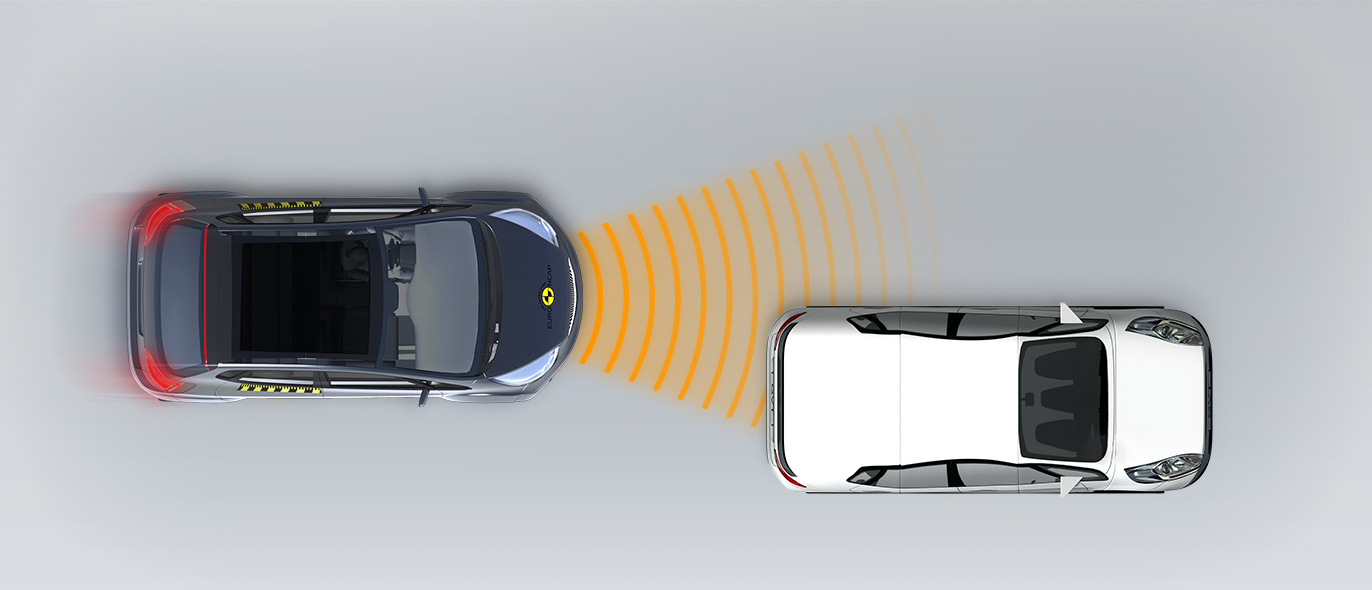
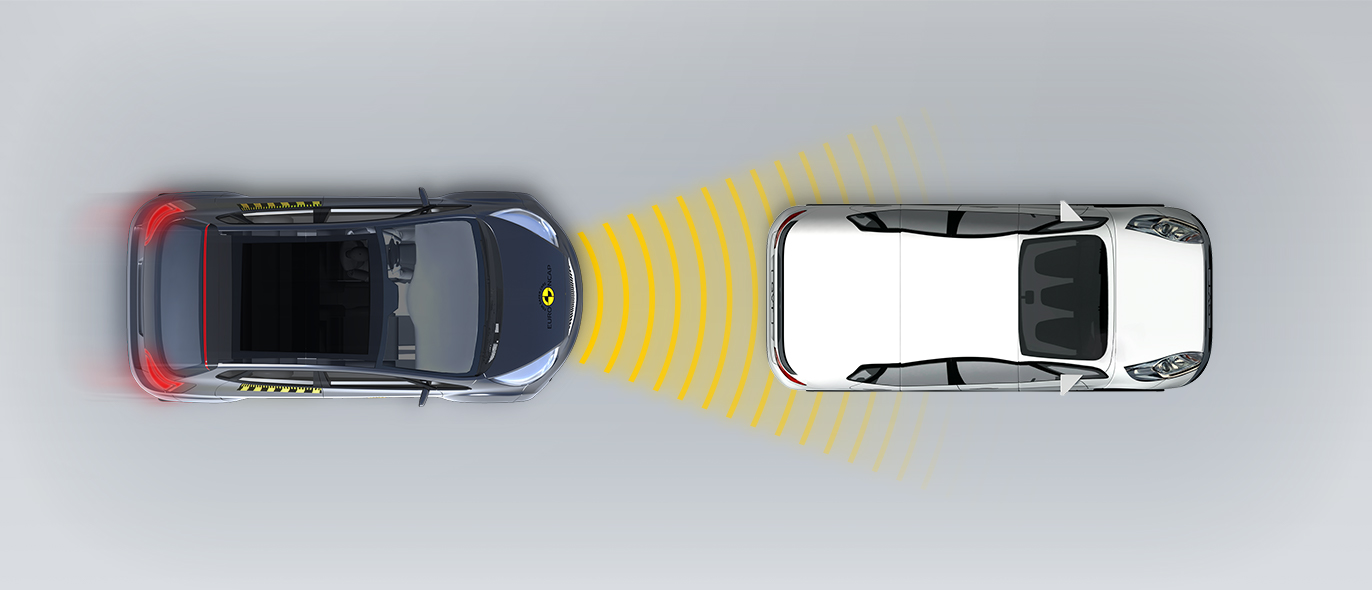
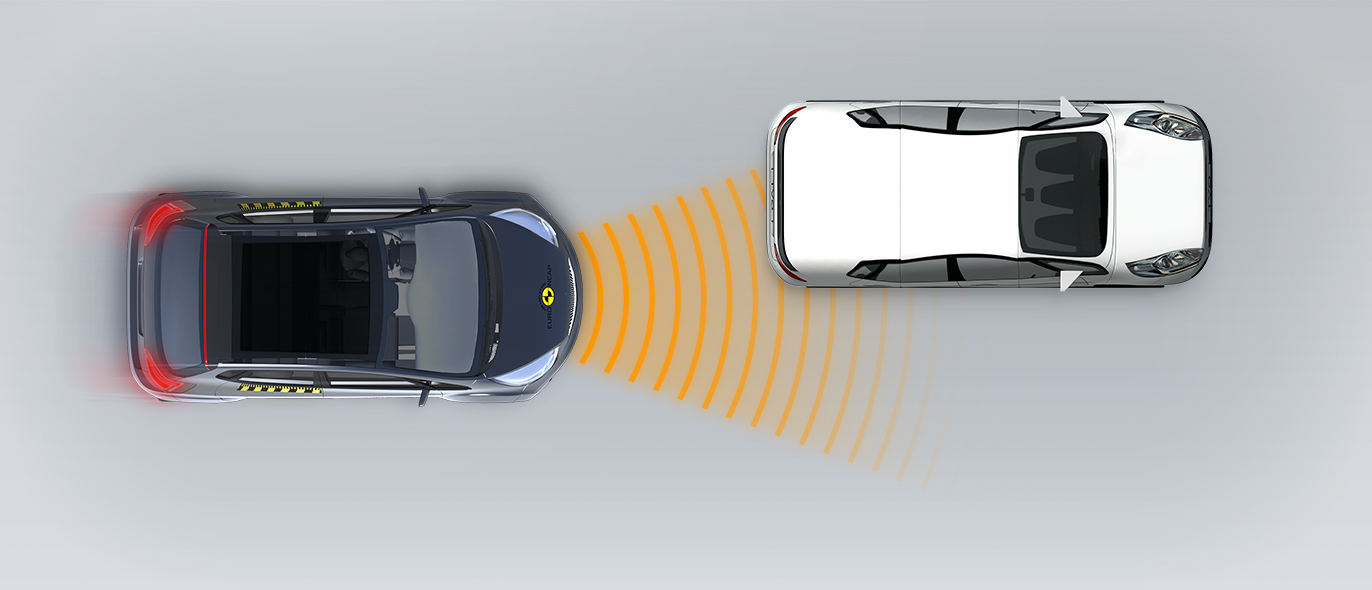

The passenger compartment of the Cherokee remained stable in the frontal offset test. Dummy readings indicated good protection of the knees and femurs of both driver and passenger. Jeep showed that a similar level of protection would be provided to occupants of different sizes and to those sitting in different positions. In the full-width rigid barrier test, protection of all critical body areas was good or adequate for both the driver and the rear seat passenger. In the side barrier impact, the Cherokee scored maximum points with good protection of all critical parts of the body. In the more severe side pole test, dummy readings of rib compression indicated marginal protection of the chest.
Tests on the front seats and head restraints demonstrated marginal protection against whiplash injuries in the event of a rear-end collision. A geometric assessment of the rear seats also indicated marginal whiplash protection. The Cherokee has, as standard, an autonomous emergency braking (AEB) system which operates at the low speeds, typical of city driving, at which many whiplash injuries occur. Tests of this functionality showed poor performance, the system failing to mitigate collisions at speeds below 20km/h in some scenarios. In any case, the car was not eligible for points for this technology owing to the marginal rating for its dynamic whiplash performance.